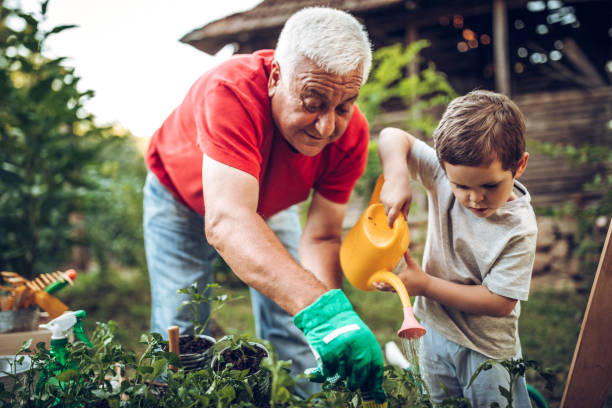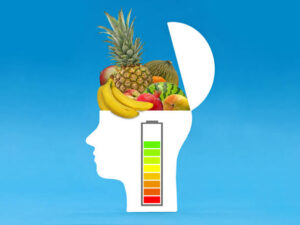You are probably familiar with zero-waste living, which means eliminating all landfill waste by reducing, refusing, reusing, rotting, and recycling.
If you can do this at home, why not do it in the garden? A zero-waste garden aims to upcycle and reuse items wisely to significantly lower garden waste. We also save money as a result.
The Best Location to Plant
It’s also important to consider where you’re placing your plants to ensure that your garden flourishes! Access all the pros and cons of planting your garden in containers or on the ground before proceeding.
It’s easy to move pots and containers around your garden, so you can experiment with varying locations. Your climate and your plant’s needs will determine whether you move potted plants into the sun or a sheltered location.
Because potted plants can heat up in the sun and evaporate more quickly, the pots themselves need to be watered more often than in-ground plants.
Moreover, potted plants do not have the same nutrient needs as in-ground plants, so they will need fertilizer in the form of rich compost or vitamin supplements a couple of times a year.
Plant and Soil Considerations
As soil and dirt are abundant in underground plants, they tend to need less watering as they can retain moisture and help regulate temperature.
Moving them to another location is more difficult once they’re planted in the ground, so plan accordingly. In addition, pay attention to plant species around the area, because large trees can hog all of the available water in the area, which leaves little to none for small ones.
Watch out for any signs of underground activity if you have any in-ground plants that could be targets for gophers or moles. The goal is to have a sustainable garden, where you and your family can eat from.
Items, Tools, and Containers for Zero Waste Gardening
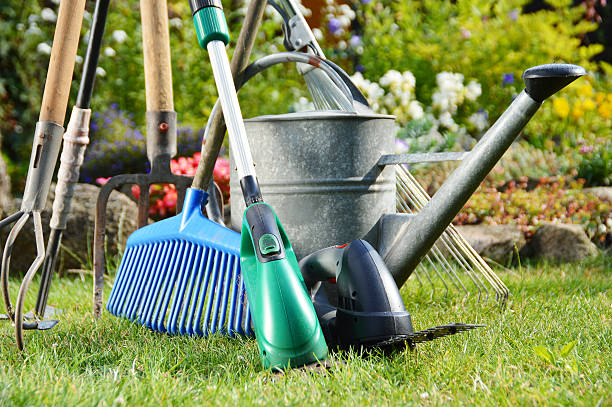
Whatever you plan to grow indoors or outdoors, you’ll need a few gardening tools, containers, and other essentials. It is not necessary to buy new ones.
- It may be possible to find free or low-cost tools and containers that have been used by other gardeners in your area.
- Recycle old garden tools by repairing them.
- Rather than plastic handles, consider wooden ones if you need new tools.
- Create your own seed trays and plant pots by using reclaimed wood and other reclaimed materials instead of plastic starter flats and pots.
- Make your plant pots out of toilet roll tubes or biodegradable pots.
- To plant seedlings or plugs, you can use soil blockers.
- When you need larger containers, choose food-grade buckets or other containers that are not plastic.
- Recycled materials and fabrics can be used instead of synthetic nettings and fleeces.
- To use in the garden, choose sisal or jute twine instead of synthetic twine.
- Use natural or reclaimed materials for raised beds, trellises, and bed edges.
Caring for Plants in a Zero Waste Garden
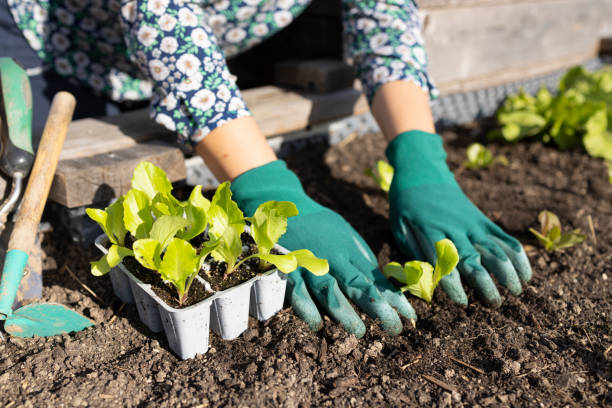
It’s easier to care for and monitor plants in a zero waste garden when they’re still delicate when they’re in pots and containers.
A potted eco-friendly garden will require many containers to get started since they’re grown in containers. Make your own ceramic and terracotta pots with upcycling instead of buying them at a nursery!
Stainless steel cans and plastic food tubs work nicely for starting seeds, while egg cartons are great for starting seeds. A free, zero-waste planter is easy to make with a nail that holes the bottoms of the containers.
Potted plants benefit from plant saucers, which retain nutrients and prevent overwatering. Pots lose a lot of nutrients when water drains out the bottoms.
This nutrient-rich water will be caught by a saucer underneath, allowing it to be absorbed later into the soil. You can easily overwater your plants, resulting in root rot and drowning your plants when you’re gardening.
Water the plant only once, then water another plant when the saucer underneath is full, if it does not evaporate or reabsorb in a day. Using yogurt lids, plastic tubs, and broken bowls, you can upcycle sustainable plant saucers.
Tips for Choosing Vegetables to Grow
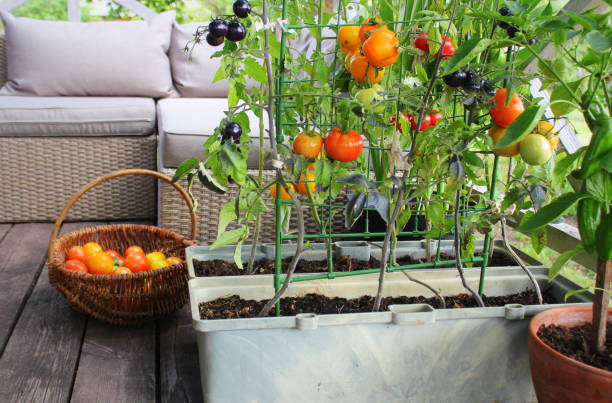
1. Choose foods your family enjoys
You shouldn’t bother planting Brussels sprouts if no one likes them. Grow a large crop of green beans if your kids love them.
2. Estimate what your family will consume
If you overplant, you’ll only be stretching yourself thin trying to manage so many plants! (If you have excess veggies, you could always donate them to friends or your local restaurant).
3. Consider what veggies your grocery store has
If your area has an abundance of carrots and cabbage, consider growing tomatillos instead. Homegrown vegetables are often superior to those bought at the store. Growing your herbs is also much cheaper than buying from a grocery store.
4. Get ready to care for your plants all season
Are you going on vacation this summer? During the summer months, tomatoes and zucchini grow at their strongest. You need someone to take care of the crops if you’ll be gone for part of the summer. In the cooler months of early spring and late fall, you can also grow cool-season crops like lettuce, peas, kale, and root vegetables.
5. Don’t use low-quality seeds
Even though seed packets are cheaper than individual plants, seeds won’t germinate if you don’t plant them correctly. The extra money spent on seeds in the spring will pay off in higher yields in the fall.
Zero-Waste Gardening Tips
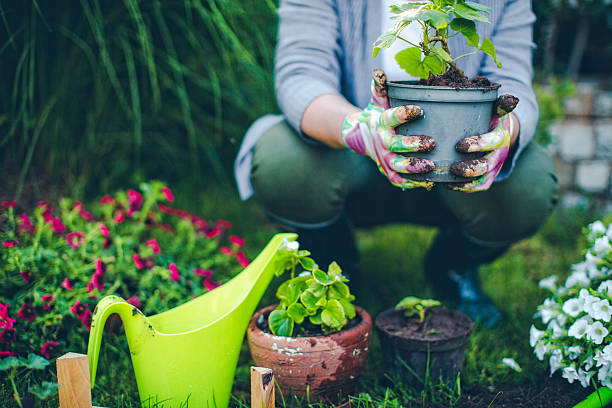
It can be daunting to start your zero-waste gardening journey, especially if you are a beginner. However, there is no need to be afraid. Just do it, like anything worthwhile. Here are a few practical tips for growing a successful garden to guide you through the process.
- Begin small: If you want to gain experience and confidence, start with a small plot or container. Gradually expand your garden as you gain proficiency.
- Plant the right species: If you live in an area with a particular climate and soil type, choose plants that will flourish there. In addition to being more resilient and needing less maintenance, native plants also assist local ecosystems.
- Create a garden layout plan: When planning your garden layout, consider the size of the space available, the amount of sun exposure, and the height of the plants. By doing this, you’ll be able to maximize sunlight so that plants have room to grow.
- Conserve water: Minimize water waste by using low-flow irrigation and soaker hoses. Using rain barrels to collect rainwater can help you conserve water.
- Avoid overwatering plants: Water your plants again after the soil has become moderately dry. Various tools can be used to measure soil moisture, so ask an experienced gardener to show you how it feels and looks.
- Never use herbicides and pesticides: It is possible to repel bugs and other pests using eco-friendly substances. It is sometimes possible for one variety of plants to protect another while gaining a variety of benefits for itself.
- Compost: Your plants will benefit from the nutrient-rich soil you create from composting kitchen scraps and yard waste. Composting reduces the amount of organic waste going to landfills and produces a renewable fertilizer.
- Do not use railroad ties: A toxic chemical called creosote seeps into the ground when railroad ties are used to clear a space or make raised beds. Considering railroad ties are cheap, many people think they are great for building raised beds. This is not the case! In the last resort, use newly cut boards or salvaged/reclaimed wood.
- Pay attention the garden: You should burn or trash diseased leaves or plants – do not compost diseased organic materials.
- Make connections with other gardeners: Identify mutually beneficial plants in your area by talking to local gardeners and shops. Share gardening tips and natural pest control options, and learn when to start certain plants. If you want to trade produce or plants, you can do so.
What Can You Grow from Food Scraps?
You can use kitchen waste to regrow several vegetables through zero-waste gardening. However, you can’t grow all of them. For instance, it is impossible to grow fleshy fruits and berries from scraps. You must propagate these fruits using cuttings or seeds rather than by seed.
Most vegetables cannot grow back to their original size, even if regrowing them is possible. Using kitchen scraps for regrowing, however, can save you money on your grocery bill, reduce food waste, and eliminate the need for chemicals. So, which foods are easier to grow from kitchen scraps?
Conclusion
Embracing zero-waste gardening practices not only helps reduce your carbon footprint and eco impact, it also nurtures healthier habitats and conserves resources.
Growing a garden with sustainable techniques like composting, using eco-friendly materials, and reducing water waste, will help gardeners to create flourishing gardens while ensuring zero-waste and environmental conservation.

